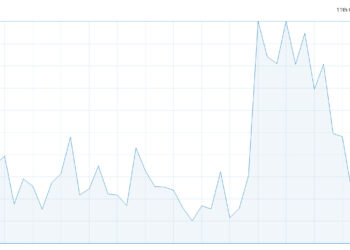MS-DOS is taken among the early operating system, though it is an old one, but it’s a powerful OS too. MS-DOS bootable USB flash is still very useful today. It could be used to access a system that doesn’t have any OS installed. Or, it’s mostly used to flash BIOS or other firmware from DOS mode.
So, here we will discuss on how to create a MS-DOS bootable USB flash drive
Requirements
- A USB flash drive
- Rufus v 1.1.7 with Free DOS Support
- Windows 98 MS-DOS Image file
- Computer
Step 1 – Download Rufus Utility tool
Rufus is a small utility that helps format and create bootable USB flash drives, such as USB keys/pendrives, memory sticks, etc.
Download Rufus from github
Note: If the button above didn’t work visit Rufus Official
Rufus can be especially useful for cases where:
- you need to create USB installation media from bootable ISOs (Windows, Linux, etc.)
- you need to work on a system that doesn’t have an OS installed
- you need to flash a BIOS or other firmware from DOS
- you want to run a low-level utility
Step 2 – Download Windows 98 MS-DOS Bootable Image file
MS-DOS is an operating system for x86-based personal computers. It was the most commonly used member of the DOS family of operating systems, and was the main operating system for IBM PC compatible personal computers during the 1980s to the mid-1990s, until it was gradually superseded by operating systems offering a graphical user interface (GUI), in particular by various generations of the Microsoft Windows operating system.
Download MS-DOS
Note: If the Button above didn’t work try visiting AllBootDisk.com
Step3 – Run rufus_v1.1.7.exe file

Step 4 – Make USB bootable
Click the disk icon to the right of “Create a bootable disk using:”, and selected the win98_bootdisk.iso you downloaded in Step 2.
Step 5 – Start with BIOS
Click start, once you are finished. You could copy your BIOS upgrade files to this USB flash and run the executable in DOS mode.
Frequently Asked Questions
Q: Why would a MS-DOS USB Drive be useful today? Wasn’t that included in older Operating Systems?
A: MS-DOS was the underlying layer of the Windows 9x series of Operating Systems (Windows 1-ME) that was the “functionality” of the system. A MS-DOS bootable disc can be used to run many recovery tools (still used today) and also update the BIOS of the computer. If you are running an x64 system with no floppy drive and a manufactuer who only provides a 16-bit BIOS updater, this method is the only way to update your BIOS.
Q: I checked my flash drive after applying the steps above and it is empty? What gives?!
A: Unless the option to show protected operating system files is checked in folder options, Windows will hide these files due to their attributes matching that of system files. Don’t worry, the relevant files are still there
Q: I have no further need for the MS-DOS System Disc, how can I remove it from my flash drive?
A: You may format the flash drive with the built in Windows format utility or you may format it by using the HP USB Disk Storage Format Tool that was used above.
Hope this tutorial helps!
Share with your Friends.









